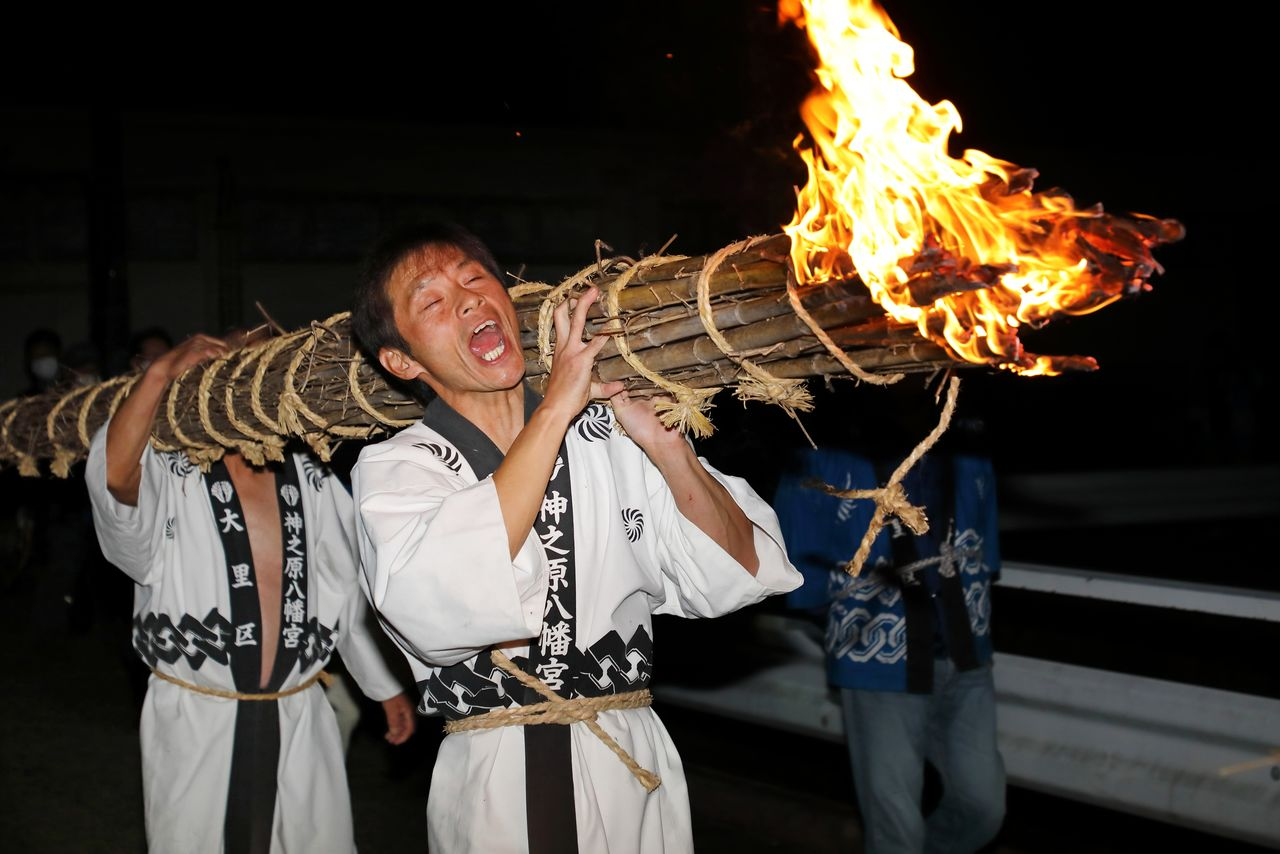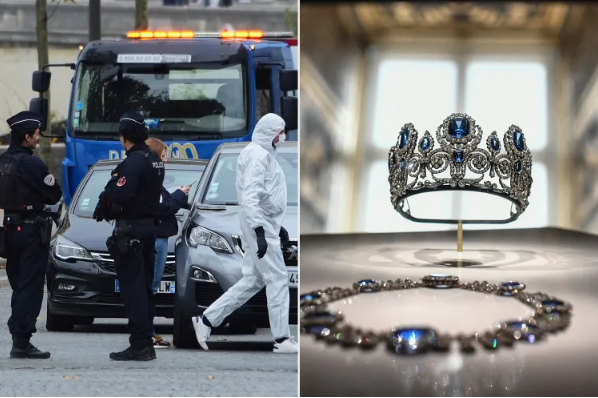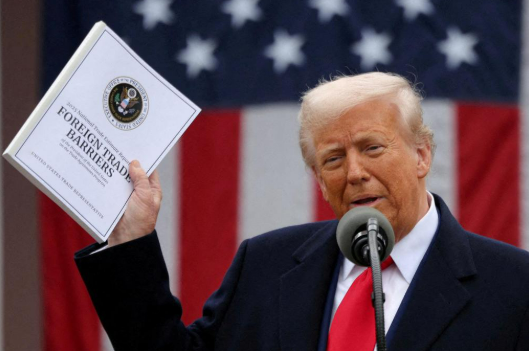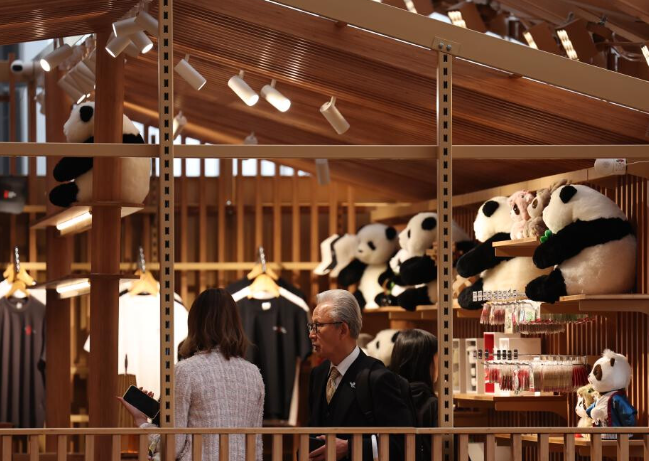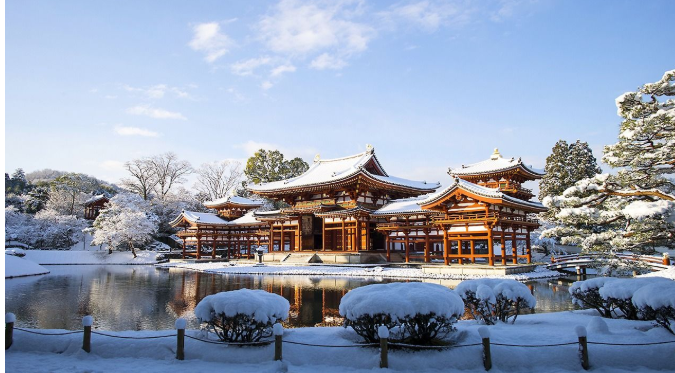
Byodo-in Temple in Uji City, Kyoto Prefecture was founded by Fujiwara no Yorimichi in 1052. The temple’s pond, Aji-ike, was built to resemble the Western Paradise, and the Phoenix Hall, which sits on an island in the pond, is used as the design on the back of the 10-yen coin, which shows that this building is well known to the Japanese.
Byodo-in Temple has been involved in wars several times in its long history. In 1180, at the age of 77, Minamoto no Yorimasa was determined to pursue the Taira clan and raised an army with Prince Inin. The Uji area became a battlefield, and Minamoto no Yorimasa saw that the situation was hopeless, so he spread a military fan (a fan used by military commanders to command on the battlefield) on the grass near the Phoenix Hall and committed seppuku. The place where he committed seppuku was later called “Ogi no Shiba” (fan-shaped lawn), and it is still a major attraction when visiting Byodo-in Temple.
Minamoto no Yorimasa’s suicide is well known because of the Tale of the Heike. The Ogi no Shiba, a spot derived from the Tale of the Heike, is well known because of the song “Yorimasa” (the lyrics of Noh music) composed by Zeami. In the song, Minamoto no Yorimasa’s last stage in life was on the “grassland” of the “Between-in Garden”.
Onitsuki’s haiku quoted a passage from the ballad “The Garden of Byodoin” and added the word “winter withered” to indicate the season. The war took place in the summer, so the “Ougi no Shiba” should have been covered with grass and trees at that time, but this haiku says “the grass and trees withered in the cold winter”, changing the season to the opposite winter. The author hopes to use symbolism to express Minamoto no Yorimasa’s tragic fate and his grief for him in the artistic conception of “the grass and trees withered in the cold winter”. This haiku can be said to be the opposite of Basho’s “夏草や兵どもが夢の迹” (The grass and trees are thick in the summer, and the fame of the ancient generals yesterday, leaving only the traces of dreams).

